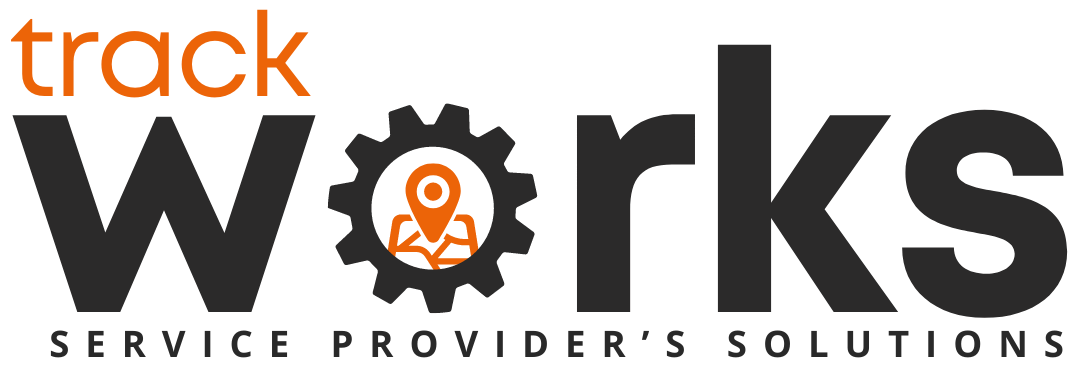The Hidden ROI of Field Service Management Software
In field service management, companies often look at software as a cost—another monthly subscription or upfront expense. However, the real value comes from the return on investment (ROI) it delivers.
ROI, or Return on Investment, measures the financial benefit you gain compared to what you spend. In field service, ROI can include:
- Reduced labor costs
- Fewer repeat visits
- Improved first-time fix rates
- Higher customer retention
- More jobs completed per day
The benefits are often hidden because they go beyond direct revenue—they impact efficiency, productivity, and customer experience.
This blog explores how field service management (FSM) software delivers hidden ROI, why it’s critical to your business, and how to maximize it.
1. The Problem: Inefficiencies Without FSM Software
Many field service businesses rely on manual processes, spreadsheets, or disconnected tools. Common inefficiencies include:
- Scheduling conflicts: Technicians are double-booked or sent to the wrong jobs.
- Delayed information: Lack of real-time updates on job changes or customer requests.
- Wasted travel and labor: Technicians spend extra time driving, waiting for parts, or correcting mistakes.
- Poor customer experience: Late arrivals or repeat visits frustrate customers.
These inefficiencies create hidden costs that impact profitability, often more than the price of software itself.
2. The Solution: Field Service Management Software
FSM software centralizes operations, enabling businesses to optimize scheduling, communication, inventory, and reporting.
Key features include:
- Real-time scheduling and dispatching: Assign the right technician to the right job instantly.
- Mobile access: Technicians access job details, manuals, and customer information on the go.
- Inventory and parts tracking: Prevent delays and repeat visits due to missing parts.
- Analytics and reporting: Monitor performance metrics like first-time fix rate, job duration, and customer satisfaction.
3. Hidden ROI Benefits Explained
A. Labor Savings
By optimizing schedules and routes, technicians spend more time working and less time traveling. This reduces overtime and lowers overall labor costs.
Example: A company using FSM software reduced travel time by 15% per technician, saving hundreds of hours annually.
B. Increased First-Time Fix Rates
When technicians arrive prepared with the right tools and information, jobs are completed correctly on the first visit.
Impact:
- Less wasted labor
- Higher customer satisfaction
- Fewer repeat visits
ROI effect: Saving on repeat visits directly increases profitability without increasing headcount.
C. Improved Customer Retention
FSM software enhances the customer experience with accurate arrival times, on-site updates, and timely communication.
Impact: Satisfied customers are more likely to approve future jobs, upgrades, and referrals.
ROI effect: Retaining existing customers costs less than acquiring new ones, meaning software indirectly contributes to revenue growth.
D. Inventory and Parts Management
FSM software tracks parts usage and stock levels in real time. Technicians have what they need when they need it, preventing delays and extra trips.
Impact: Fewer delays, fewer repeat visits, and lower inventory waste.
ROI effect: Reducing these hidden costs improves net profits without increasing revenue.
E. Data-Driven Decisions
FSM analytics provide actionable insights:
- Identify which technicians perform best
- Spot recurring service issues
- Optimize routes and scheduling
Impact: Managers can make smarter operational decisions, reducing costs and improving efficiency.
ROI effect: Optimized operations increase revenue potential and reduce unnecessary spending.
4. Calculating Hidden ROI
While ROI can be measured as a simple formula:
ROI = (Financial Gain – Cost of Investment) ÷ Cost of Investment × 100%
In field service, financial gain includes:
- Time saved on scheduling and travel
- Labor cost reductions
- Fewer repeat visits
- Increased customer retention and revenue
Even if a software subscription seems expensive upfront, the efficiency gains and indirect revenue often outweigh the cost, sometimes within months.
5. Maximizing ROI with FSM Software
To get the most out of your investment:
- Integrate fully: Ensure scheduling, inventory, and reporting work together.
- Train your team: Technicians and managers must use all features effectively.
- Monitor key metrics: First-time fix rates, job completion times, and customer satisfaction scores show the software’s impact.
- Adjust processes continuously: Use insights to refine scheduling, resource allocation, and workflows.
Final Thoughts
The true value of field service management software isn’t just in what it costs—it’s in what it saves and generates. By reducing inefficiencies, improving customer satisfaction, and empowering technicians, FSM software provides hidden ROI that can transform operations.
TrackWorks offers FSM solutions designed to maximize efficiency and profitability. By centralizing scheduling, inventory, and reporting, TrackWorks helps businesses save time, reduce costs, and deliver better service to their customers.
Businesses that embrace these tools gain measurable efficiency, cost savings, and revenue growth—all while delivering better service to their customers.
Takeaway: Investing in FSM software, like Track Works, is an investment in your business’s efficiency, profitability, and long-term success. The ROI isn’t just financial—it’s operational, strategic, and customer-focused.




No responses yet